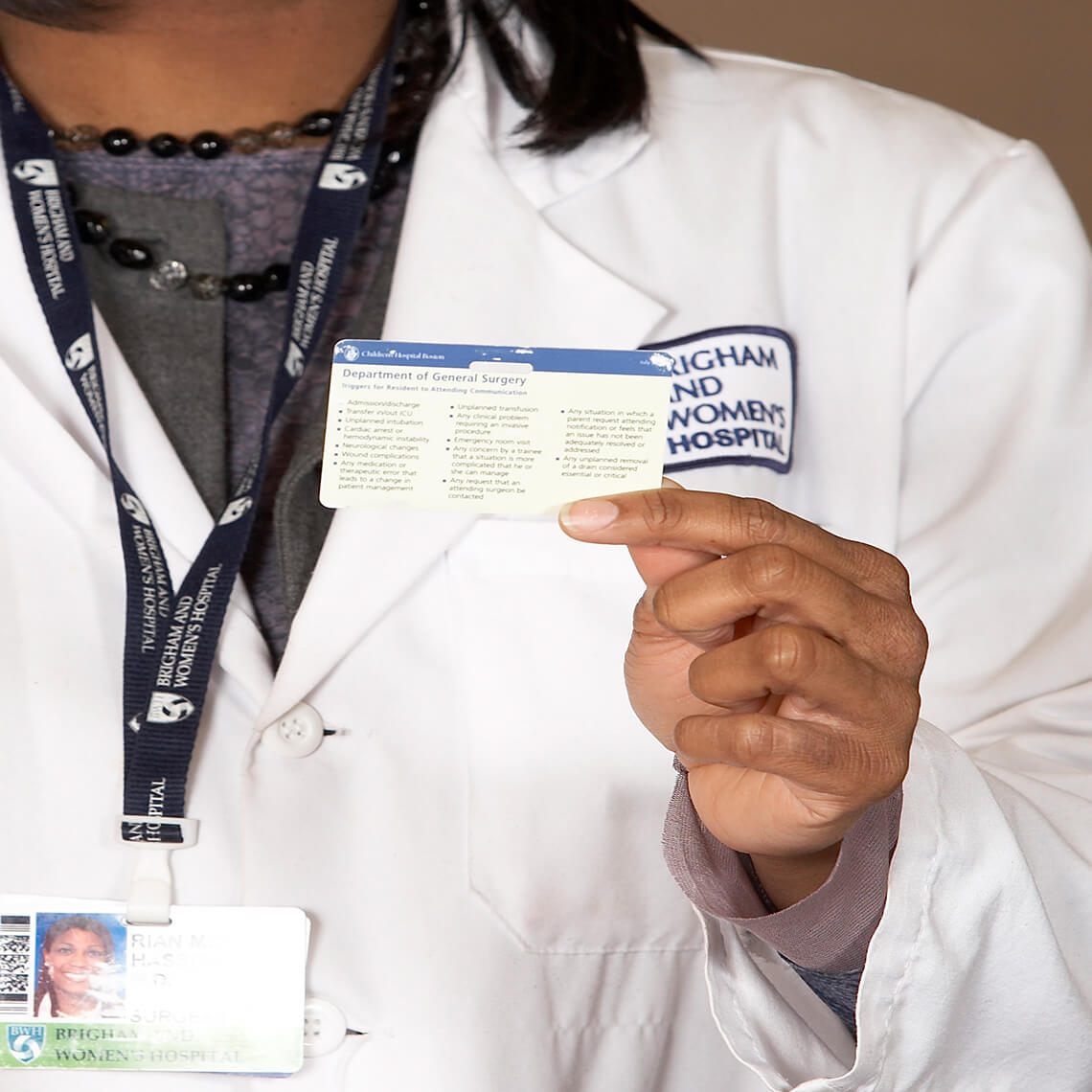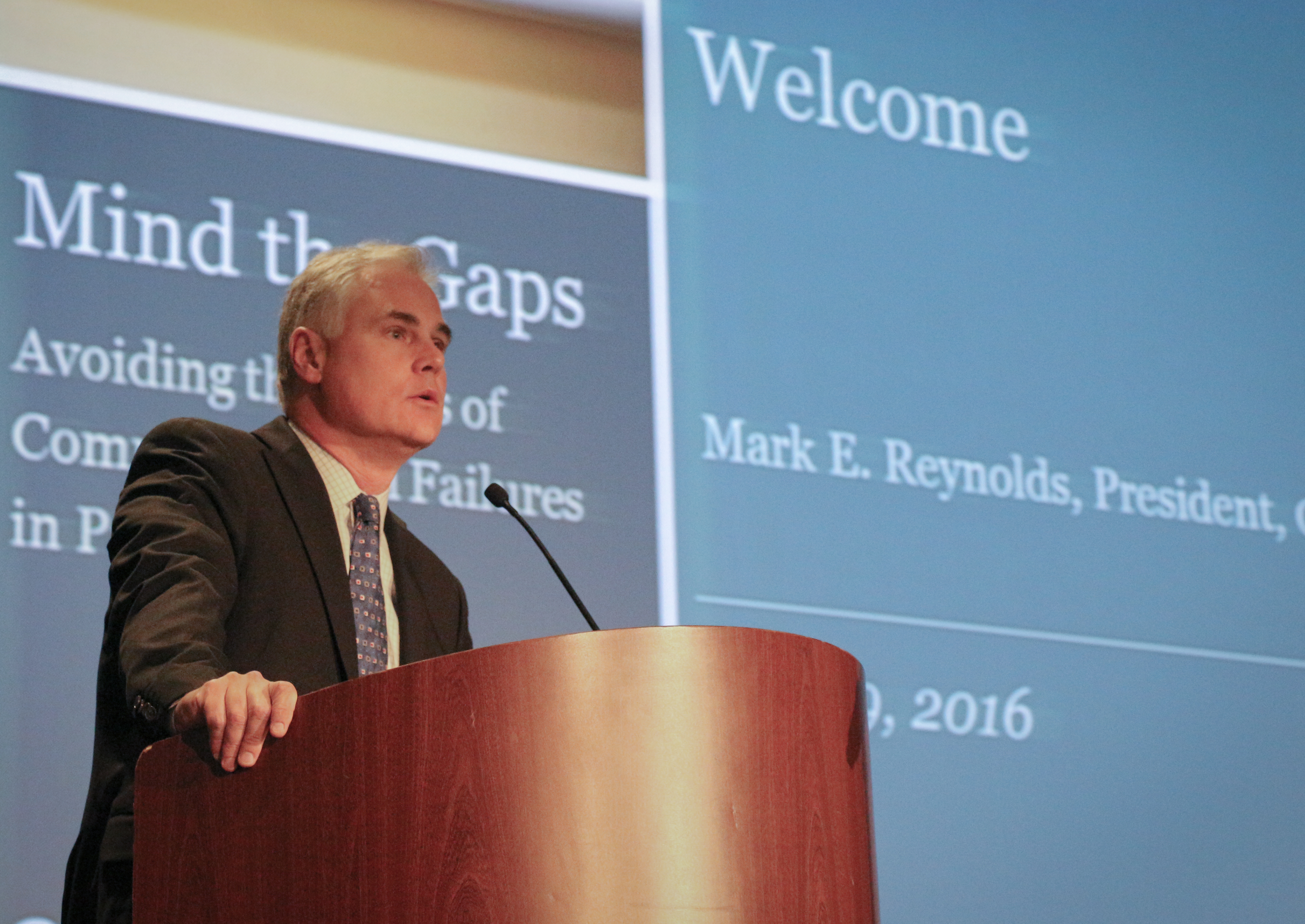Blog Post
How Malpractice Data can Improve Patient Safety
On May 10th, Laura Landro of the Wall Street Journal wrote an article citing ways in which entities across the country are gaining insight to the cause of medical error through examination of “old” malpractice claims. She contacted CRICO as part of her research to ask if we had any similar practices or current efforts underway. We explained this was the platform for all of the work we had been doing for the past 40 years, talked about our database of more than 350,000 medical malpractice claims, the clinical coding taxonomy we use to identify underlying vulnerabilities, and our relationship with participating organizations such as The Doctors Company, which is the primary source of her article. We also shared our current focus on Primary Care Risk Reduction which Ms. Landro referenced in her piece.
Our own efforts clearly align and those initiatives shared throughout her article; the identified risk areas, contributing factors, and solutions correlate to those we have implemented, published, and discussed through our educational efforts for decades. In a unique approach, CRICO works collaboratively with expert clinical resources and patient safety leaders at our Member Organizations, as well as Candello Partner Organizations from across the nation, to identify issues and solutions with the widest possible impact to our health care community. We share data analyses with members to shine a greater light on common cause or contributing factors. We often frame the potential impact by asking, “Could this same event happen in your practice area?”
Beginning in 2009, we published the first of what has become an annual benchmarking report that drills down into the cause of specific high risk areas. The subject is illustrated through case examples and infographics and accompanied by best practice solutions. At the start of 2016, we released “Malpractice Risks in in Communication Failures” which has garnered such great interest, we decided to incorporate the topic into our annual educational symposium. In June, we will use this forum to further explore how gaps in communication contribute to medical error.
Although debate continues on how well patient safety efforts are actually working to reduce medical error, CRICO has seen marked improvement in Anesthesia, Ob/GYN, and Medication. In addition, there has been a decline in the frequency of claims on a national level; and notably, within the CRICO community, which showed an all-time low average rate between 2001 and 2015 (1.7 claims PCY*). It’s a challenge to quantify exact reasons behind these results, but they may well be attributed to our success convening clinical leaders and gaining consensus on how to mitigate the highest areas of risk. As illustrated through the data-driven intelligence in our reports, symposia, and educational efforts, we directly meet the conditions of this challenge which concludes the WSJ article:
“ We have to do a better job of communicating with our patients. The more educated someone is about risks and benefits, and what to do and not do, even if they have an unsatisfactory outcome, they may be less likely to litigate. ”
—Dr. Ralph Gambardella, orthopedic surgeon
*Claims per 100 physicians per year
Related Blog Posts
Investing in Patient Safety


Mind the Gaps: Learning How to Avoid Miscommunication Pitfalls
January Safety Salute | MedStar Health Creating a Just Culture

